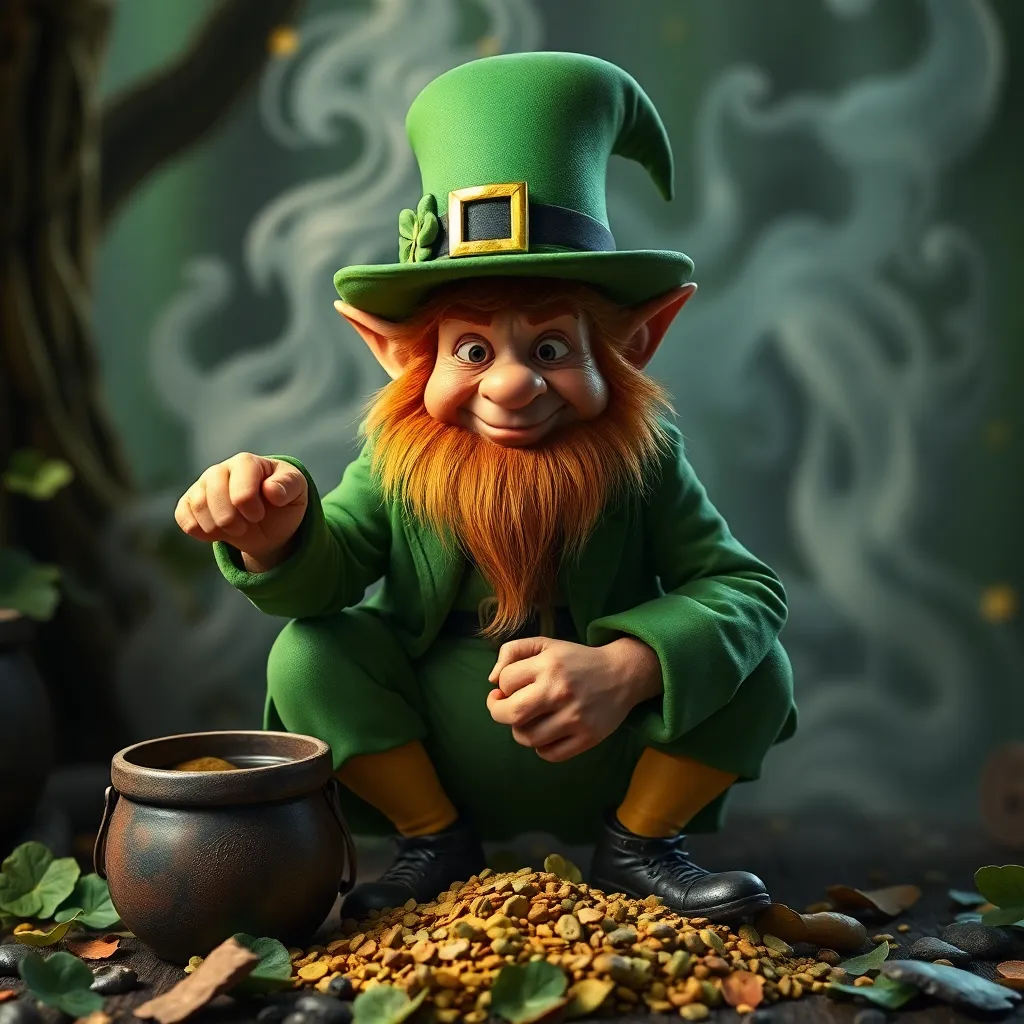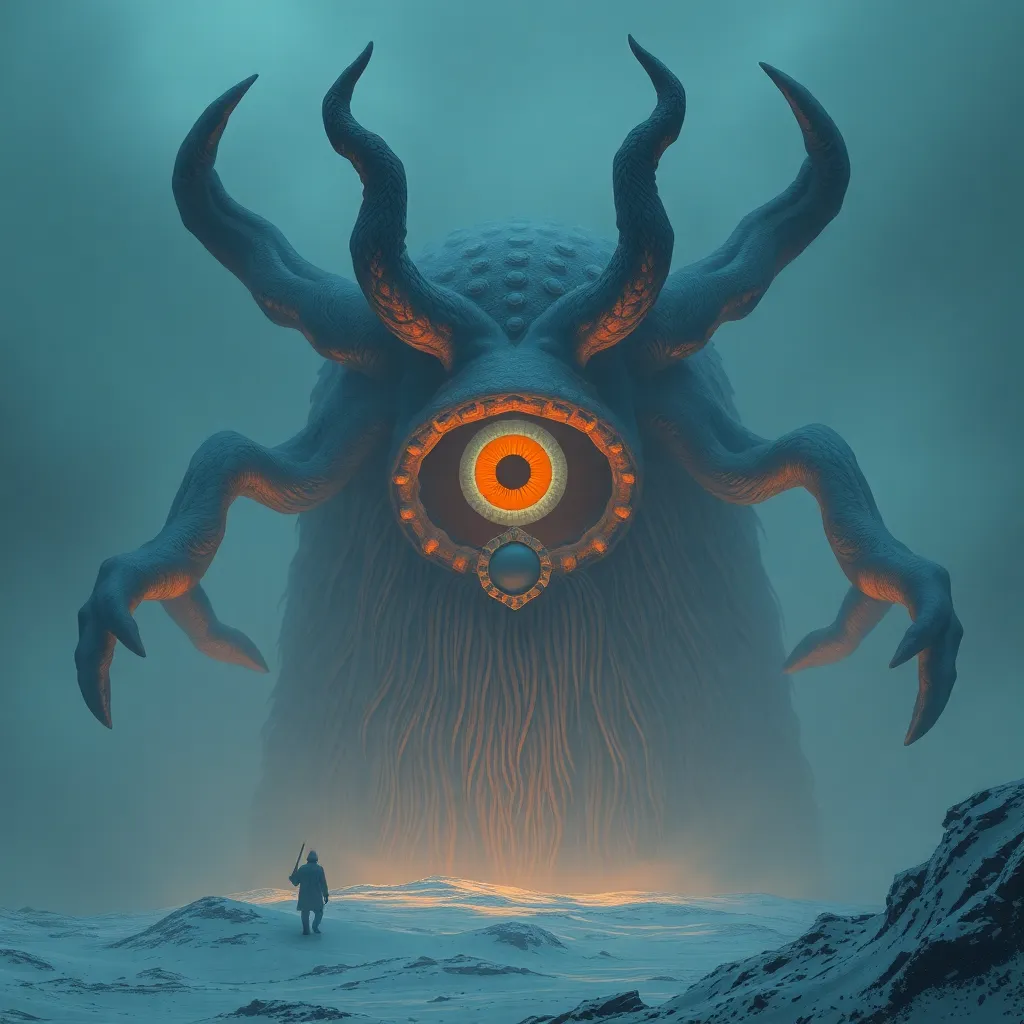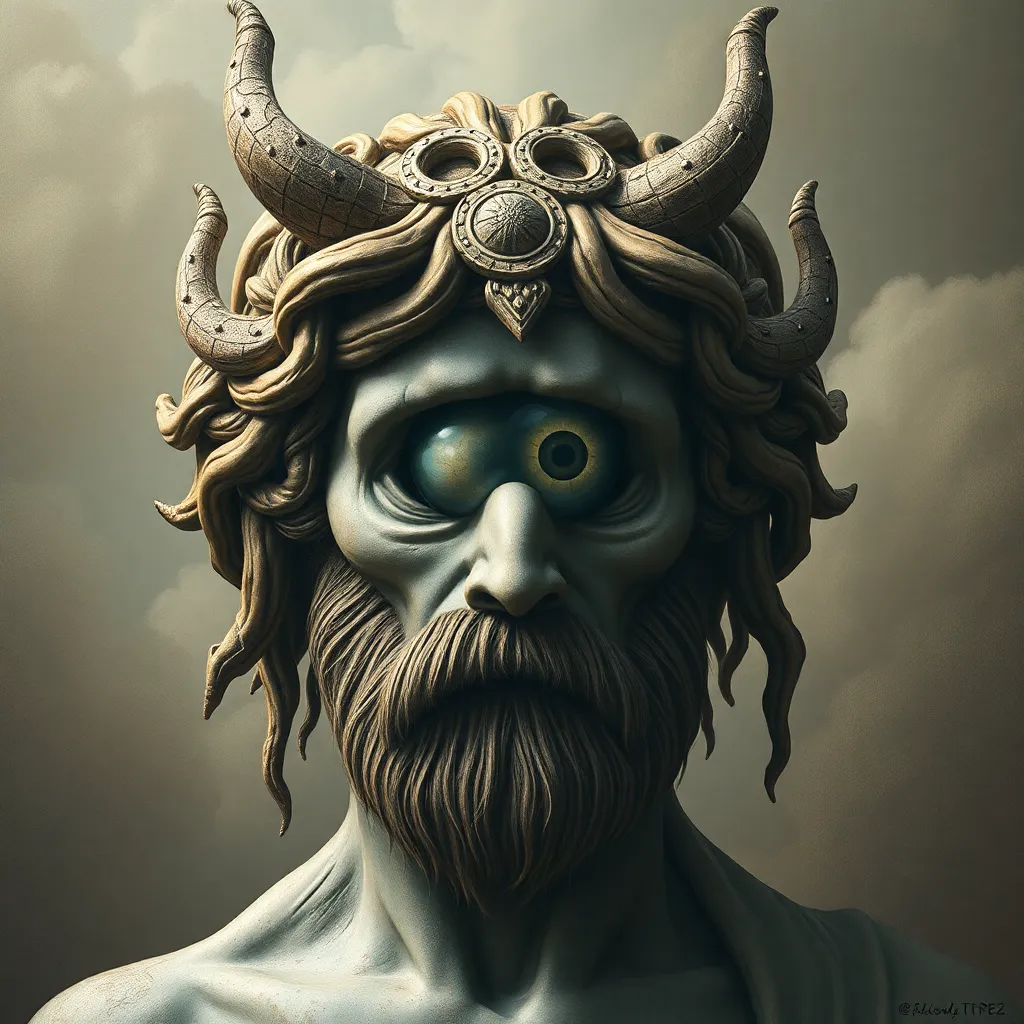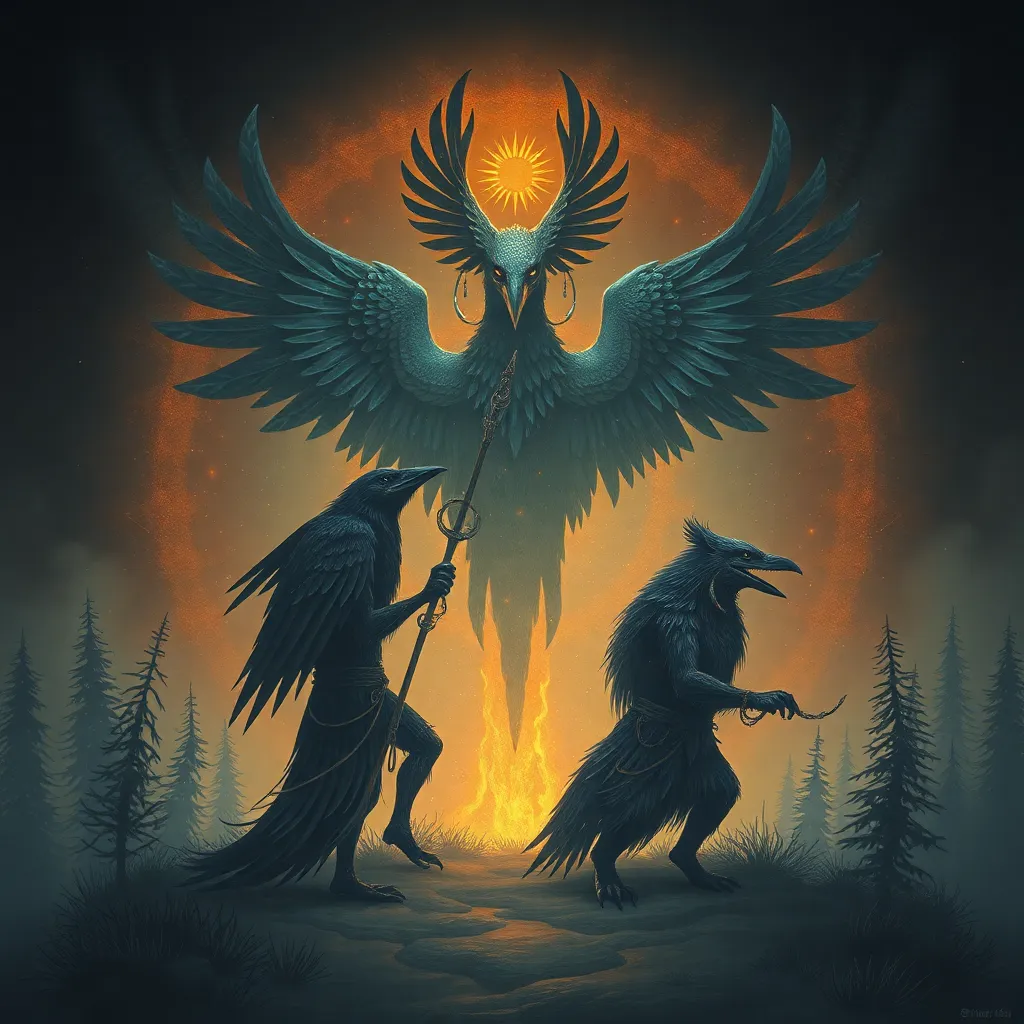The Leprechaun in Pop Culture: From Disney to Hollywood
I. Introduction
A leprechaun is a small, mischievous fairy from Irish folklore, often depicted as a bearded man wearing a green coat and hat, associated with hidden treasures. Traditionally, leprechauns are known for their cleverness and trickery, guarding pots of gold at the end of rainbows.
The leprechaun myth has deep roots in Irish culture, tracing back to ancient times when tales of fairies and spirits flourished. Over the years, these tales have been adapted and transformed, leading to the leprechaun’s emergence as a beloved character in popular culture.
This article explores the representation of leprechauns in pop culture, focusing on their portrayal in literature, film, television, video games, and comics, examining how these adaptations reflect societal views and the evolution of the leprechaun myth.
II. The Origins of the Leprechaun Myth
The leprechaun’s origins can be traced back to Irish folklore, specifically the Tuatha Dé Danann, a race of supernatural beings in Irish mythology. Initially, leprechauns were considered to be a type of fairy, often depicted as cobblers who made shoes for the other fairies.
Characteristics and symbolism of leprechauns include:
- Small stature and old age
- Wearing green, which symbolizes Ireland
- Connection to wealth and hidden treasures
- Mischievous nature, often playing tricks on humans
Over time, the tales of leprechauns evolved, transitioning from serious folklore to more whimsical interpretations, leading to their current status as symbols of Irish culture and good luck.
III. Leprechauns in Early Literature and Art
Leprechauns have appeared in various forms of literature and art since the 19th century. Classic literature often portrays them as tricksters, providing commentary on human nature and society.
Some notable representations include:
- William Butler Yeats’ poetry, where leprechauns embody the spirit of the Irish landscape.
- Folklore collections like Fairy and Folk Tales of the Irish Peasantry by Joseph Jacobs, which popularized leprechaun stories.
Artistic depictions of leprechauns have also flourished, ranging from traditional paintings to modern illustrations. These representations show the transition from folklore to popular storytelling, where leprechauns became more widespread symbols of Irish culture.
IV. Disney’s Contribution to Leprechaun Lore
Disney played a significant role in shaping the modern perception of leprechauns through films like Darby O’Gill and the Little People. Released in 1959, this film features a leprechaun named King Brian, who embodies the playful and whimsical aspects of the leprechaun myth.
Themes and messages presented through Disney’s leprechauns include:
- The importance of family and community
- Friendship and loyalty
- Celebration of Irish culture and folklore
Disney’s portrayal has had a lasting impact on family-friendly perceptions of leprechauns, making them endearing characters rather than sinister tricksters.
V. Leprechauns in Modern Hollywood
In modern Hollywood, leprechauns have appeared in various films, showcasing a broader range of interpretations. The Leprechaun series, starting in 1993, introduced a darker, horror-themed representation of the character, diverging from the whimsical portrayals seen in earlier films.
Notable films include:
- The Leprechaun series (1993-2018), which portrays a malevolent leprechaun seeking revenge and treasure.
- Leprechaun Returns (2018), a modern continuation of the franchise that blends horror with dark humor.
This shift from whimsical to darker interpretations reflects changing societal attitudes and the versatility of the leprechaun myth, allowing for diverse storytelling possibilities. The cultural impact has led to a mixed audience reception, with some embracing the horror genre while others long for the traditional folklore presentations.
VI. Television and Leprechauns
Leprechauns have also made appearances in various television shows, each offering unique portrayals that reflect different genres and themes. Notable examples include:
- Buffy the Vampire Slayer, featuring a leprechaun as a creature of myth and magic.
- Harry Potter series, where leprechauns are depicted as mischievous beings with a connection to wealth.
These portrayals vary significantly, from light-hearted representations to more serious and darker interpretations, showcasing the leprechaun’s adaptability in storytelling. The influence of leprechauns in pop culture has shaped viewer perceptions, making them a versatile symbol of both mischief and magic.
VII. The Leprechaun in Video Games and Comics
Leprechauns have also found their place in video games and comics, further cementing their place in contemporary storytelling. Notable representations include:
- The Legend of Zelda series, where leprechaun-like characters assist the protagonist in quests.
- Comic book adaptations, showcasing leprechauns in various roles, from heroes to villains.
The leprechaun character often embodies traits of luck and cunning, appealing to gamers and comic book readers alike. This representation reflects the ongoing evolution of the leprechaun myth, adapting to modern narratives and audience expectations.
VIII. Conclusion
The evolution of leprechauns in pop culture illustrates their enduring appeal and versatility as characters. From their origins in Irish folklore to modern interpretations in film, television, video games, and comics, leprechauns have transformed significantly over time.
As a cultural symbol, the leprechaun continues to resonate with audiences, representing luck, mischief, and the rich heritage of Irish storytelling. The lasting legacy of leprechauns in entertainment suggests a bright future, with potential for new adaptations and interpretations that reflect contemporary values and creativity.
Ultimately, the cultural significance of leprechauns in entertainment highlights their role as both timeless figures of folklore and dynamic characters capable of evolving with society.




